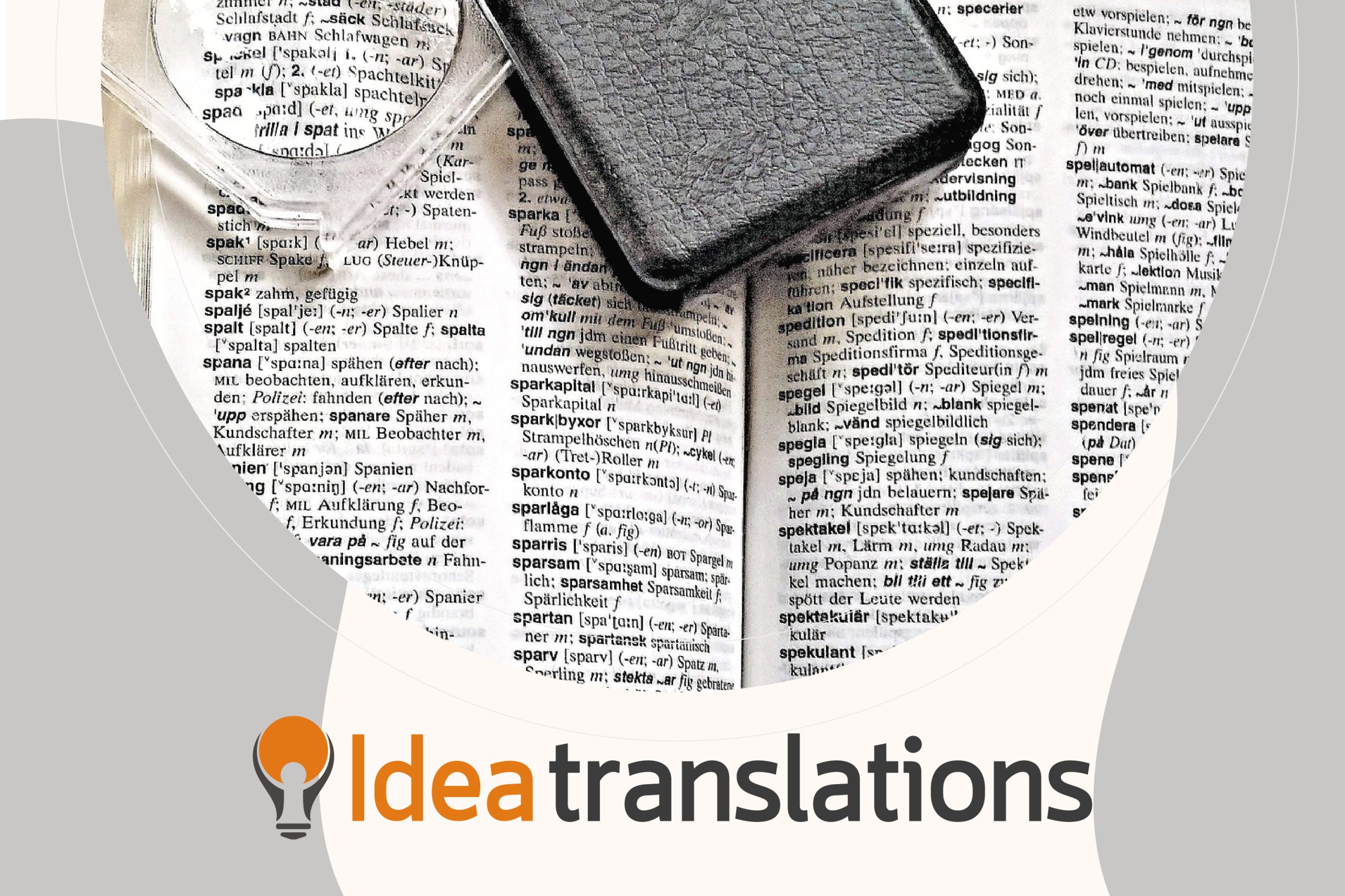
Why We Love to Keep It Short: The Power of Linguistic Economy
Have you ever wondered why we tend to shorten words, why we come up with simpler nicknames when a name is long, or why social media often imposes a character limit? This is because our minds are constantly trying to save time and maximize benefits by minimizing the effort we put into communication.
Even though we’re often impressed by people with a vast vocabulary and sophisticated linguistic skills, the truth is that we don’t strictly need these traits to communicate effectively. Think about it: is a book any less good just because its language is simpler than that found in other works?
In the 14th century, William of Ockham—a British philosopher—introduced Occam’s razor, a principle that can be summarized in three ideas still relevant today: (1) the best explanation is usually the simplest, (2) entities should not be multiplied unnecessarily, and (3) unknowns should be explained by known entities. This principle paved the way for linguistic economy.
The standard concept of linguistic economy was defined by André Martinet in 1955. He examined economic principles in phonology and syntax, finding an unstable balance between the needs of communication and human inertia—two forces that help optimize language.
Earlier theories also proposed the Principle of Least Effort, introduced by Joseph Vendryes and George Zipf. Zipf’s law, a key concept based on word frequency statistics, holds that commonly used words are the simplest. He suggested that limited vocabulary promotes effective communication and also has positive effects:
• Effort minimization: Frequently used words tend to be short and easy to pronounce, reducing cognitive and physical effort in communication.
• Memory optimization: Human memory adapts to this principle since it’s easier to remember a limited set of commonly used words than an extensive, rarely-used vocabulary.
• Efficacy of information transfer: Zipf’s principle maximizes information transfer with minimal effort, striking a balance between redundancy and clarity.
• Language adaptation: In multilingual settings, languages adopt and adapt to each other’s terms, prioritizing those most useful for everyday communication.
The average English speaker is estimated to have an active vocabulary of about 20,000 words and a passive vocabulary of around 40,000. Thus, a typical English speaker uses only 2% to 4% of the language they know.
Through clearer and more streamlined ways of communicating, we see how people adapt their language to different contexts, choosing shorter phrases, more common words, or simpler syntax to save time and prevent misunderstandings.
Zipf’s theory also applies to non-verbal expressions, such as gestures and emphasis. This tendency isn’t just about comfort or laziness; it’s influenced by linguistic mechanisms, cultural factors, and our ways of seeing and defining the world around us.
“The conciseness of English can be explained by the need to adapt language to the pace of modern life, that is, the need to compress as many goals as possible into limited space and time.”
All in all, linguistic economy shows that an overabundance of words can sometimes hinder dialogue, making what we say as important as what we leave unsaid. Even in silence, we communicate a lot.
Related articles:



